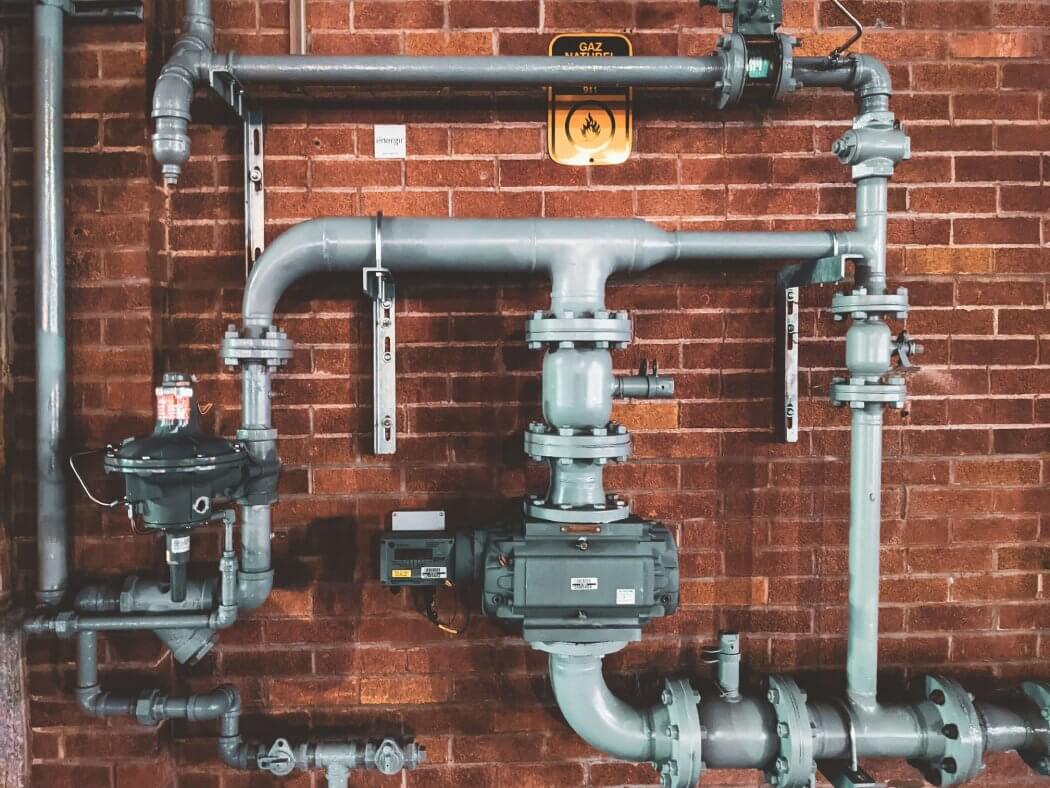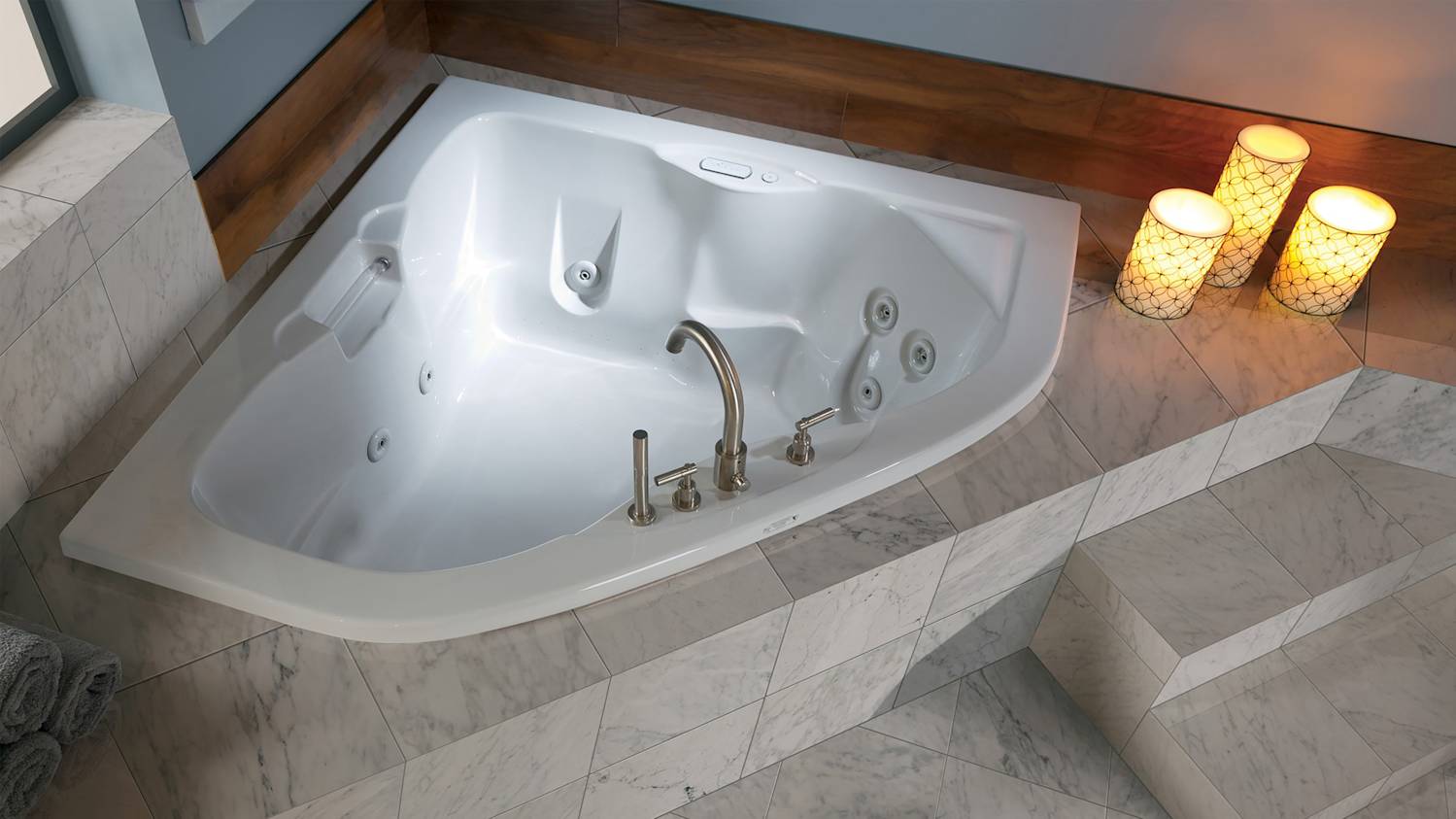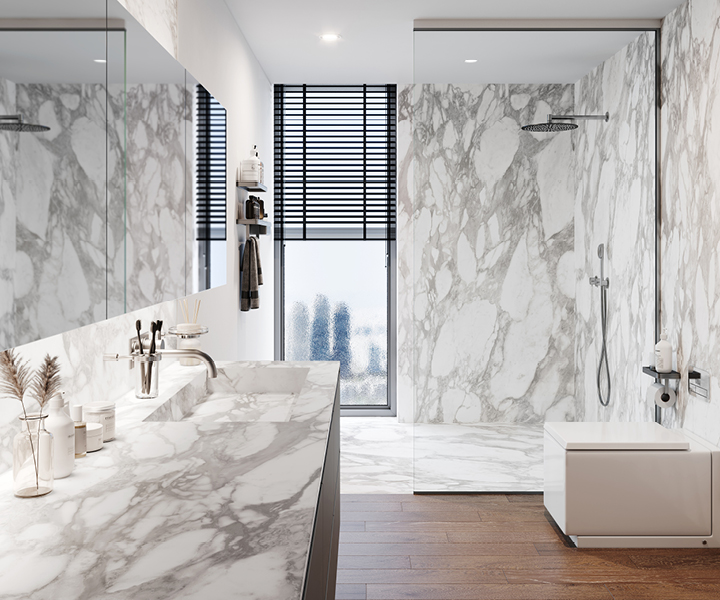
Affect Bathroom Plumbing Costs: When it comes to renovating or building a bathroom, plumbing is one of the most crucial and potentially expensive elements you’ll need to consider. Before diving into this project, understanding what influences bathroom plumbing costs can save you from unexpected expenses and help you budget more effectively.
Imagine the peace of mind you’ll feel knowing exactly where your money is going and why. In this post, we’re diving into the top 5 factors that affect bathroom plumbing costs, giving you the insights you need to make informed decisions.
By the end, you’ll have a clear understanding of what drives these expenses, empowering you to plan your project with confidence and avoid unpleasant surprises. Curious about how you can keep your costs under control? Let’s explore these factors together and make sure your plumbing decisions align perfectly with your financial plans.
Labor Expenses
Labor expenses greatly impact bathroom plumbing costs. Skilled labor, hourly rates, project complexity, location, and availability determine pricing. Understanding these factors helps in budgeting effectively for your renovation project.
When considering bathroom plumbing costs, labor expenses can significantly impact your budget. While materials and fixtures are tangible, labor costs can vary widely based on several factors. Understanding these can help you plan your project more efficiently.
Hourly Rates
Labor costs in plumbing are often calculated on an hourly basis. The hourly rate can vary depending on your location and the complexity of the job. For example, urban areas might have higher rates due to the cost of living. Hiring a local plumber might seem like a straightforward task, but it’s crucial to check their hourly rate beforehand. You don’t want any surprises on your bill. Have you ever hired someone thinking it was a bargain, only to find extra charges later?
Expertise Level
The expertise level of a plumber can also affect labor expenses. A master plumber with years of experience might charge more than a newly certified one. However, investing in expertise often means fewer mistakes and a smoother process. You might think hiring a less experienced plumber is a way to save money. Yet, consider the potential cost of errors or re-dos. Have you ever faced a repair job that spiraled into a bigger problem because the initial work wasn’t done right? Choosing the right plumber means balancing cost with quality. Would you prefer to pay a bit more upfront for peace of mind?

Credit: www.gvdrenovationsinc.com
Materials And Fixtures
Materials and fixtures play a crucial role in bathroom plumbing costs. Different materials and fixtures can affect the overall budget significantly. Understanding their impact is essential for effective planning. Let’s explore these factors in more detail.
Quality Of Materials
The quality of materials directly affects the bathroom’s plumbing cost. High-quality materials generally last longer and require less maintenance. They might have a higher upfront cost, but they save money in the long run. Cheaper materials may seem appealing, but they can lead to frequent repairs. Consider durability when choosing materials.
Choice Of Fixtures
Fixtures like sinks, toilets, and taps also impact the plumbing budget. Designer or custom fixtures tend to be more expensive. Standard fixtures are often more budget-friendly. The choice depends on personal preference and budget constraints. Remember, the style and finish of fixtures can influence the bathroom’s overall look.
Bathroom Layout
The layout of a bathroom plays a crucial role in plumbing costs. A well-planned layout can save both time and money. Conversely, a poorly designed one can lead to increased expenses. This section will explore the key factors in layout that affect plumbing costs.
Complexity Of Design
A simple bathroom design usually means lower plumbing costs. Designs with fewer corners and straight lines are easier to work with. Complex designs with intricate details require more labor and materials. This can increase the overall cost significantly. The more elements you add, the more complex it gets. Think about extra sinks, showers, or luxurious bathtubs. Each addition complicates the plumbing and raises expenses.
Accessibility Challenges
Accessibility can greatly influence plumbing costs. Bathrooms located in hard-to-reach areas present challenges. For example, a bathroom on a second floor or basement. These locations require extra piping and labor, which adds to costs. Tight spaces or unusual angles make installation difficult. Plumbers may need special tools or techniques to complete the job. All these factors contribute to higher expenses.
Location Factors
When planning a bathroom remodel or plumbing upgrade, it’s crucial to consider the location factors that can influence your costs. The place where you live can significantly impact the price you pay for materials, labor, and permits. Understanding these factors can help you budget more effectively and avoid unexpected expenses.
Regional Price Variations
Your geographical location plays a substantial role in bathroom plumbing costs. Prices for materials and labor can vary widely from one region to another. For example, if you live in a metropolitan area, you might find that the costs are higher due to increased demand and living expenses.
In contrast, smaller towns or rural areas may offer more competitive pricing. Have you ever noticed how a simple trip to a local hardware store in a big city might cost more than in a small town? This is a perfect example of regional price variations at play.
Local Regulations
Local building codes and regulations can also affect your plumbing costs. Different areas have specific requirements for plumbing installations, which can require additional permits or specialized labor. These regulations ensure safety and compliance but can add to your budget.
For instance, if your area mandates eco-friendly plumbing solutions, you may need to invest in specific materials or fixtures. Have you checked with your local authorities about any unique requirements for your project? It’s a step that can save you time and money in the long run.
Location factors are a crucial component of bathroom plumbing costs. By understanding and preparing for regional price variations and local regulations, you can make informed decisions and stay within your budget. Have you considered how these factors might impact your next project?
Project Scope
The scope of your bathroom project greatly influences plumbing costs. Larger projects often require more time, materials, and labor. Smaller updates might involve less complexity and expense. Understanding the project’s scope helps in budget planning. It ensures you know what’s included and what isn’t. Let’s explore key factors within the project scope.
Extent Of Renovation
Renovation extent affects plumbing costs significantly. A minor renovation might involve replacing a sink or faucet. This usually incurs less cost. Major renovations often need more extensive plumbing work. Replacing a bathtub or moving fixtures requires more labor. More materials and time increase overall expenses. Planning the extent carefully can help manage costs.
Additional Plumbing Work
Additional plumbing tasks can raise project costs. Adding new fixtures often requires extra plumbing. Installing a new shower or toilet means more pipes and fittings. Older homes might need updated plumbing systems. This ensures safety and functionality. Each additional task adds to the overall budget. Consider these needs when planning your project scope.

Credit: www.thisoldhouse.com

Credit: www.lxhausys.com
Frequently Asked Questions
What Factors Influence Bathroom Plumbing Costs?
Bathroom plumbing costs are influenced by several factors. These include the complexity of the plumbing layout and the quality of materials used. Labor costs and the need for any specialized equipment also play a role. Finally, geographic location can affect the overall price due to local pricing standards.
How Does Pipe Material Affect Costs?
The choice of pipe material significantly impacts plumbing costs. Copper pipes are durable but expensive, while PVC is cheaper and easier to install. PEX pipes offer flexibility and a moderate price. Each material has its pros and cons, affecting both installation and long-term maintenance costs.
Do Bathroom Size And Layout Affect Costs?
Yes, bathroom size and layout directly affect plumbing costs. Larger bathrooms require more piping and fixtures, increasing material costs. Complex layouts might need specialized skills, driving up labor expenses. Simpler designs are generally cheaper to install, making them more budget-friendly for homeowners.
How Do Fixtures Impact Plumbing Costs?
Fixtures like toilets, sinks, and showers greatly impact plumbing costs. High-end fixtures increase expenses due to their purchase price and installation complexity. Basic models are more affordable but might lack advanced features. Selecting the right fixtures helps balance quality, functionality, and budget.
Conclusion
Understanding bathroom plumbing costs helps plan your budget wisely. Considering key factors, like materials and labor, prevents surprises. Old plumbing systems might need more repairs, raising costs. Complex designs usually require skilled labor, increasing expenses. Local plumbing rates can vary, affecting your budget.
Always consult professionals for accurate estimates. Planning carefully avoids unexpected expenses. Remember, investing in quality materials ensures lasting results. Keep these factors in mind for smart financial decisions. Your bathroom project deserves careful attention. Make informed choices for a successful outcome.
Enjoy your new bathroom without stress.
